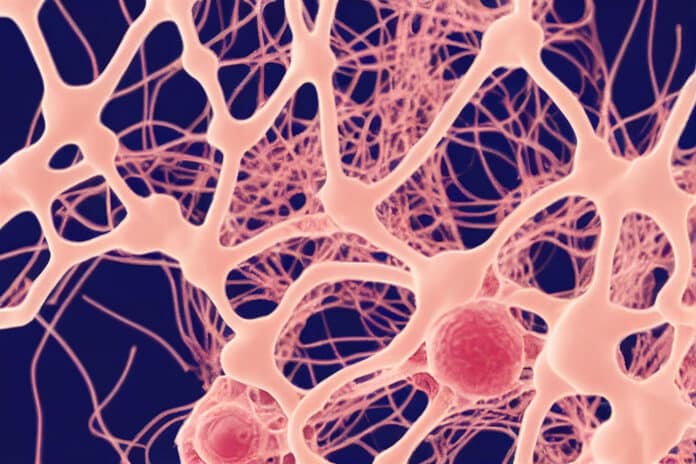In stem cell-derived tissue models, multicellular patterning is frequently accomplished through self-organizing processes stimulated by exogenous morphogenetic cues. The reproducibility of cellular composition is constrained by such tissue models’ susceptibility to stochastic behavior, leading to the formation of non-physiological architectures.
Using 3D photolithographic printing, a team of bioengineers and biomedical scientists from the Children’s Medical Research Institute (CMRI) at Westmead and the University of Sydney have developed a complex environment for creating tissue that resembles the architecture of an organ.
Using bioengineering and cell culture techniques, the technique was utilized to instruct stem cells obtained from skin or blood cells to become specialized cells that can form an organ-like shape. Scientists used microscopic mechanical and chemical signals to recreate cellular activities during development.
Professor Hala Zreiqat said: “Our new method serves as an instruction manual for cells, allowing them to create tissues that are better organized and more closely resemble their natural counterparts. This is an important step towards being able to 3-D print working tissue and organs.”
Without particular instructions, it is conceivable that the cells will assemble inadvertently and inside the wrong structures. A step-by-step procedure that directs each building piece to exactly where it should go and how it should link with the others has been successfully developed by scientists.
In line with this approach, the study applies a new 3D printing method to define instructions for cells that guide them into forming more organized and accurate structures.
Dr. Peter Newman at the University of Sydney’s School of Biomedical Engineering said, “Through this, we’ve created a bone-fat assembly that resembles the structure of bone and an assembly of tissues that resemble processes during early mammalian development.”
Professor Hala Zreiqat said: “Beyond understanding the intricate ‘instruction manual’ of life, this method has immense practical implications. For instance, in regenerative medicine, where there is a pressing need for organ transplants, further research using this approach may facilitate the growth of functional tissues in the lab.”
Dr. Newman said: “Moreover, this technology could revolutionize how we study and understand diseases. By creating accurate models of diseased tissues, we can observe disease progression and treatment responses in a controlled environment. We hope this could one day lead to more effective treatments and even cures for diseases that are currently hard to tackle.”
Professor Tam from CMR said: “In the past, stem cells were grown to generate many cell types, but we could not control how they differentiate and assemble in 3D.”
“With this bioengineering technology, we can now direct the stem cells to form specific cell types and organize these cells properly in time and space, thereby recapitulating the real-life development of the organ.”
Journal Reference:
- Peter L. H. Newman, Queenie Yip, Pierre Osteil, et al. Programming of Multicellular Patterning with Mechano-Chemically Microstructured Cell Niches. Advanced Science. DOI: 10.1002/advs.202204741
